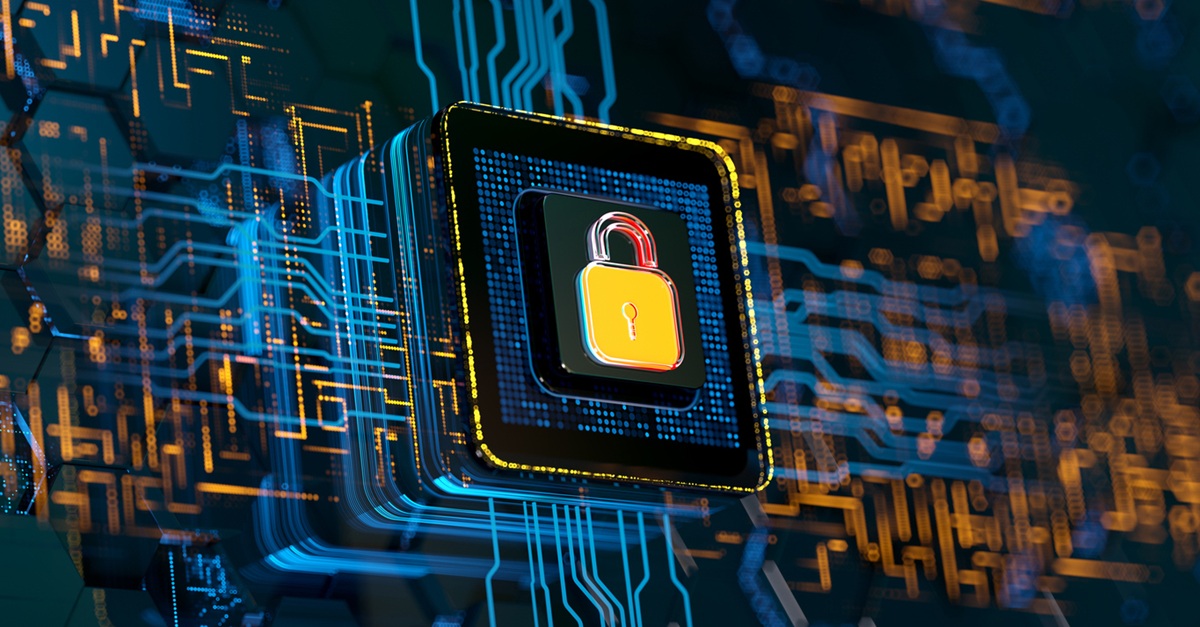
Il lato oscuro di GenAI: Implicazioni strategiche per la difesa informatica
L'emergere di strumenti dannosi di IA generativa come Evil-GPT, WolfGPT, DarkBard e PoisonGPT presenta sfide strategiche significative per le imprese. Poiché i criminali informatici sfruttano sempre più l'IA come copilota nelle loro operazioni, i chief information security officer (CISO) e i leader della sicurezza devono navigare in un panorama delle minacce in rapida evoluzione. Ecco le principali implicazioni che le organizzazioni devono considerare:
1. Volume e velocità degli attacchi
L'IA generativa consente agli attori delle minacce di scalare drasticamente le loro operazioni. Le campagne di phishing che una volta richiedevano giorni per essere elaborate possono ora essere generate in massa in pochi minuti, con ogni e-mail personalizzata in modo univoco per il suo obiettivo. Questa automazione può sopraffare le difese tradizionali, e le e-mail di phishing scritte dall'intelligenza artificiale spesso eliminano i segni rivelatori comuni, come gli errori grammaticali, rendendoli più difficili da identificare per gli utenti. I team di sicurezza dovrebbero prepararsi a un aumento della base di attacchi, compreso un incremento di e-mail di phishing e varianti di codice dannoso, tutti guidati dalla velocità dell'IA.
2. Sofisticazione e esche convincenti
La sofisticazione degli attacchi è destinata ad aumentare. Strumenti come DarkBard possono incorporare notizie in tempo reale o dettagli personali estratti dal web nei messaggi di phishing, rendendoli più convincenti. L'integrazione della tecnologia deepfake — pubblicizzata con DarkBard e osservata in varie truffe — significa che il phishing vocale e i video falsi potrebbero prendere di mira le organizzazioni con un realismo allarmante. Le imprese devono educare gli utenti sul fatto che i tradizionali "campanelli d'allarme" del phishing, come un inglese scadente o saluti generici, potrebbero non essere più sempre validi, poiché la linea tra comunicazioni legittime e contenuti generati dall'IA si è sfumata.
3. Personalizzazione ed elusione del malware
Sul fronte del malware, gli strumenti di IA possono produrre codice polimorfico o offuscato al volo, come ha affermato di fare WolfGPT. Questa capacità porta all'emergere di più malware zero-day — non nel senso di sfruttare vulnerabilità sconosciute, ma nel creare firme e modelli che i prodotti di sicurezza non hanno mai incontrato prima. Le soluzioni antivirus tradizionali basate su firme faticheranno a tenere il passo, poiché ogni payload dannoso può essere leggermente alterato dall'IA per eludere il rilevamento. Di conseguenza, i metodi di rilevamento e risposta degli endpoint (EDR) e quelli basati sul comportamento diventano ancora più cruciali per catturare minacce che l'analisi statica potrebbe non individuare.
4. Ridurre la barriera d'ingresso
Uno dei cambiamenti più significativi nel panorama delle minacce informatiche è la democratizzazione degli strumenti per il cybercrimine. I potenziali criminali informatici non hanno più bisogno di competenze avanzate per lanciare attacchi credibili; possono semplicemente affittare l'accesso a IA dannosa. Questa tendenza potrebbe portare a un afflusso di attori delle minacce meno esperti che conducono attacchi sproporzionatamente efficaci rispetto al loro livello di abilità. Di conseguenza, il bacino di potenziali avversari si espande, comprendendo non solo il crimine organizzato e gli stati nazionali, ma anche dilettanti potenziati dalla IA-as-a-Service.
5. Ingegneria sociale aumentata dall'IA
Oltre agli attacchi digitali, l'IA dannosa può potenziare le tattiche di ingegneria sociale utilizzate contro le organizzazioni. Prime istanze di clonazione vocale tramite IA sono già state osservate in schemi di truffa, come truffe vishing in cui una voce generata dall'IA impersona un CEO. Con la proliferazione di questi strumenti, tutto, dalle truffe telefoniche alle chat di assistenza clienti false, può essere automatizzato. I team di sicurezza dovrebbero prepararsi a vettori di attacco nuovi, come chatbot basati su IA che tentano di fare ingegneria sociale al personale del helpdesk per reimpostare password o condurre chiamate di phishing vocale di massa.
6. Disinformazione e reputazione aziendale
Le implicazioni di strumenti come PoisonGPT si estendono alle campagne di disinformazione che prendono di mira le aziende. Fake news generate dall'IA o video deepfake potrebbero essere utilizzati per manipolare i prezzi delle azioni, danneggiare la reputazione di un marchio o influenzare l'opinione pubblica contro un'organizzazione. Questo confonde il confine tra sicurezza informatica e relazioni pubbliche tradizionali o gestione delle crisi. I CISO potrebbero aver bisogno di collaborare con i team di comunicazione per monitorare e rispondere a queste minacce, poiché rappresentano un'altra forma di attacco all'impresa, sebbene attraverso canali di informazione.
7. IA Difensiva e IA vs. IA
Su una nota più positiva, l'ascesa dell'IA dannosa sta stimolando uno sforzo parallelo nell'IA difensiva. I fornitori di sicurezza stanno sviluppando filtri guidati dall'IA capaci di identificare e-mail di phishing generate dall'IA o schemi di codice dannoso. Ad esempio, i gateway di sicurezza e-mail avanzati stanno ora impiegando modelli di apprendimento automatico addestrati per rilevare le sottili firme del testo scritto dall'IA, come un linguaggio eccessivamente raffinato o specifici segnali di formattazione, per bloccare questi messaggi. Allo stesso modo, gli strumenti di sicurezza del codice stanno esplorando modi per segnalare il codice che appare generato dall'IA o corrisponde a schemi di output dell'IA noti. Questo crea una corsa agli armamenti IA-contro-IA: mentre gli attaccanti utilizzano l'IA per migliorare i loro attacchi, i difensori utilizzeranno l'IA per rilevare anomalie e adattarsi rapidamente. Tuttavia, questo introduce le proprie sfide, tra cui falsi positivi e la necessità di analisti qualificati per interpretare gli avvisi guidati dall'IA.
Conclusione
In sintesi, l'emergere dell'IA generativa dannosa ha accelerato il ciclo degli attacchi e ne ha ampliato la portata, presentando alle imprese un volume maggiore di minacce più sofisticate. Le organizzazioni devono adattare le loro strategie tecnologiche e di formazione per tenere conto degli avversari potenziati dall'IA.
Il campo di gioco tra attaccanti e difensori sta cambiando, ed è imperativo che i leader della sicurezza adattino le loro strategie e siano proattivi nelle loro difese contro queste minacce in evoluzione. È chiaro che comprendere questi strumenti e le loro implicazioni è essenziale per proteggersi dall'ondata crescente di crimini informatici guidati dall'IA. Nel nostro prossimo e ultimo post del blog in questa serie, offriremo raccomandazioni su come i leader della sicurezza possano sviluppare un approccio multi-vettore per difendersi da questi tipi di minacce.





